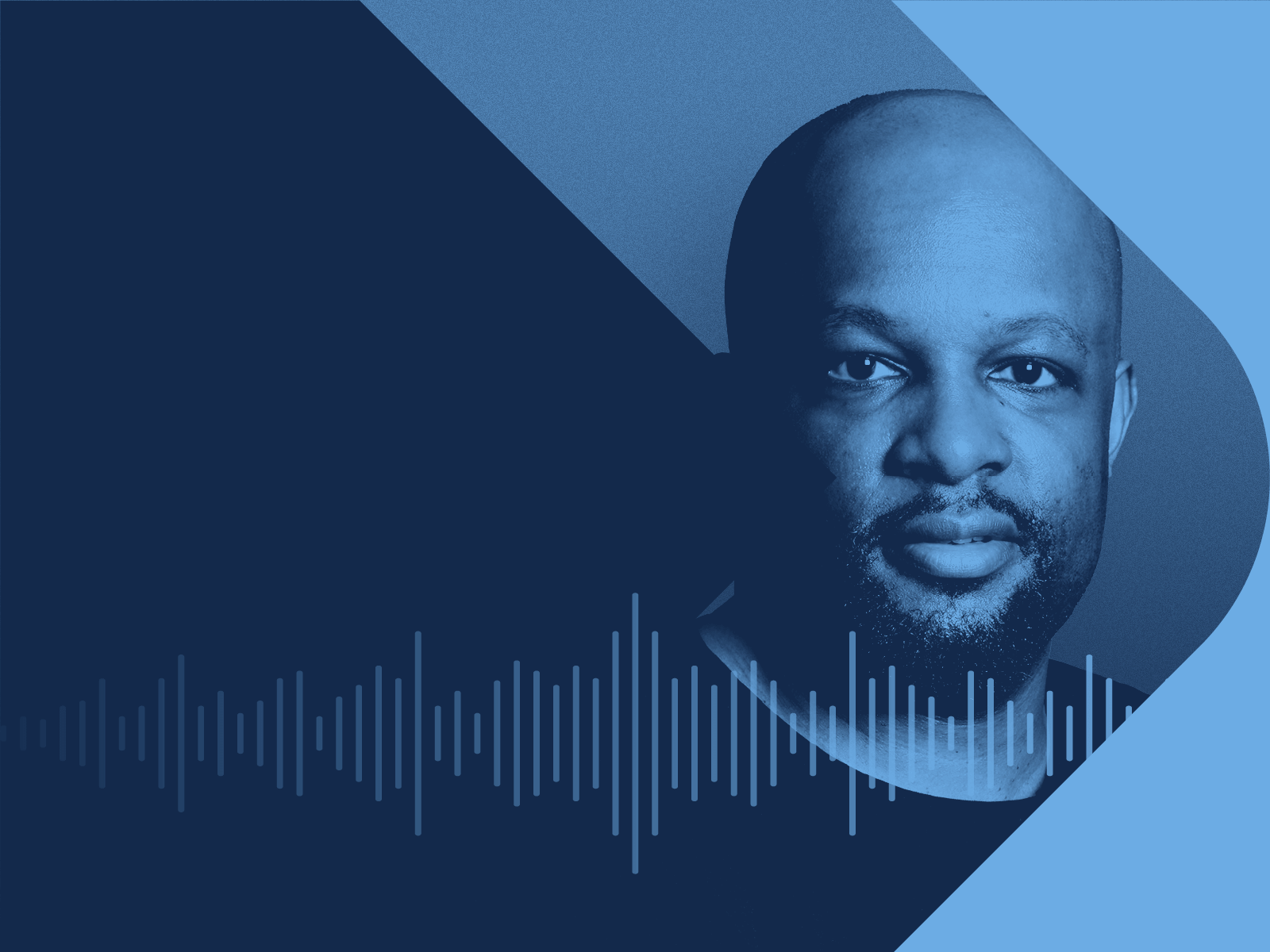The Mouse means business. Disney Advertising is one of the biggest players in the industry, offering advertisers the opportunity to collaborate with them and match data against audiences ranging from Disney Channel to ESPN, National Geographic to ABC. When dealing with such a wide portfolio, it is necessary to have a data-savvy expert at the helm.
In the latest episode of our Identity Architects podcast, InfoSum Chairman & CEO Brian Lesser sat down with Dana McGraw, SVP, Audience Modeling and Data Science at Disney Advertising. Brian and Dana dove into how Dana's background as a college basketball coach helped her to be a better leader, identity and privacy in gaming, Disney's tech and data clean room strategy, and using first-party data to build better customer experiences.
“So, we know all of the different people working in data or even marketing in different pockets of Disney. And so we can really understand what it is that our customers are looking for when they are advertising, because they don't only advertise with us.”
Building the Roster
It’s not surprising that a company with as storied of a history and as wide of a reach as Disney would have a vast array of employees from different backgrounds. Starting with Dana, er Coach McGraw. Dana coached college basketball for eight years before she started working in the data and advertising space, and was able to bring a lot of that skill set into leading her team.
“I was doing sports analytics by hand – looking at plus-minus charts while teams are on the court and realizing, well, these are our two best players, but they don't do very well together… So I started to learn how you manage people, and how you just approach people generally to motivate them and get the best out of them. And I figured out how to have people who in some sense, can be in competition with one another, but are still able to kind of root for each other.”
Brian had heard stories of the diversity across the Disney Advertising team, and how the organization did not have a one-size-fits-all approach to hiring, and Dana confirmed, saying:
“I will say, in terms of background, we have someone who came to us from the FBI, another person on the team who was a social media manager, and we also have PhDs in data science. We try not to limit ourselves or even limit in our job descriptions, and kind of a laundry list of things that are like, ‘Well, yeah, that would be ideal if someone came in knowing all of that."
Identity and Privacy in Gaming
Shifting gears, Brian asked Dana about identity and privacy and how they either tie into each other or feed off each other.
Brian and Dana discussed the dynamics between identity and privacy, and some of the considerations marketers have when considering identity in the context of different channels – like gaming for instance.
“But there's no business greater than the games business and thinking about how you're personalizing the offer to users. When do you offer those new lives? When do you offer it as a package versus a single item? When are you sending notifications to bring someone back into the game?
And that is happening for the most part, in the absence of PII, but in the absence of really identifiable data, so when you're coming at it from that background, you're really kind of always thinking about identity, anonymously.”
Brian dove a bit deeper into the need to get identity right in gaming, given the number of children who are frequent gamers online.
“We have to get that right. If you use the test of looking at the way children consume media, we obviously don't target children with advertising, but kids live in things like Roblox and Fortnite and other places where identity takes on an entirely different meaning. If you look at the transition from Web 2.0 to Web 3.0, this transference of data is going to get harder, not easier. And the concept of identity will get more abstract, not more descriptive.”
Putting the Customer First
Disney is in the customer experience business. While Disney Advertising sits within the Walt Disney Company, you see the attention to detail in crafting strong customer relationships and customer experiences in every aspect of their business.
Dana spoke of Disney’s role of making sure they are putting the customer first.
“We all know from the day you get here that our North Star is, ‘is this a better experience for our guest?’ Is this something that our guests want from us? And is it creating a better experience for them?”
As we’ve covered on the podcast and in InfoSum blogs plenty, the fair value exchange with customers is crucial as we move to a first-party data world, especially for companies like Disney. Disney is certainly a first-party data-rich company, and they take that responsibility seriously.
“We have an abundance of first-party data, but we're using that first-party data only for the purpose of creating a better guest experience. Is it better for our consumer in the advertising space? Is that the right ad to the right consumer at the right time?
The way that we've built our business has really been with the ultimate respect for the consumer and the guest. And so for us, it's just making sure that we maintain that and we find as long as that sort of our guidepost, then then we're generally in a good place.”
Early to Data Clean Rooms
Brian identified something that people in the industry might not stop to think about often enough. We focus a lot on technological changes, like the deprecation of cookies, or we focus on legislation – but the real thing to worry about is meeting the customer’s needs. Yes, it is important to anticipate what they want by utilizing the data we have, but it’s crucial that we balance that with respect to privacy. Disney has been early to the data clean room game, and Dana walked through their long- and short-term strategies:
“Clean rooms are an integral part of our strategy, and have been for a couple of years. I think why we embarked on this, I would say relatively early compared to other folks in this space, is, (the regulatory changes we’re seeing) in other places, it's certainly going to only be more pervasive in the US.”
Onboarding their first-party data is only the first part of the battle for Disney.
“The other piece of that is measurement. Advertisers want to be able to measure their spend or measure their outcomes. So what does that mean in terms of, you know, how we look at data and what's okay vs what's not okay. When we started thinking about clean rooms, we certainly wanted to enable people to understand that there is a great outcome from their spending with us and we want to enable them to leverage the data they've worked so hard to build.”
Dana spoke at length about InfoSum’s non-movement of data approach and how that’s factored into Disney’s work with clean rooms,
“It's the non-movement of data. We're still able to deliver insights to a brand around different audiences or knowing that aggregated audiences might have high value to them. Here's what we understand about that audience, and then also to then activate on their behalf of a campaign based on those insights, via clean room so we're not passing data back and forth. No one's keeping anything, and nothing's changing hands at all. So we feel really comfortable about the way that we're able to do that on their behalf with clean rooms.”
Future of CTV
So, clearly streaming, gaming, and the broader CTV space are top of mind right now with Disney+ and Netflix leading the news over the last few weeks. Brian asked Dana to describe the likely timeline for extending clean rooms and non-movement of data to things like CTV, retail media networks, and gaming.
“We have a very large CTV footprint. So in our case, that's a really big part of why we built our clean room strategy. We have our own in-house identity graph that we've constructed. And we did that in part because every time we meet with an agency or a brand since the acquisition of Hulu, there's this notion of people being organized and siloed in either linear television or there's the digital folks over here. So, it was hard to determine where to put the CTV team.
A big part of this for us has been in that identity graph, being able to through our insights, say, here's the deduplicated audience, and here's what it looks like across platforms. Here's areas of interest that might never have occurred to you right in our content. And so I think it's fundamental to us that CTV is there in the conversation.”
Looking Ahead: Data Collaboration
As we tend to do, we like to wrap up our conversations by looking to the future Brian asked Dana, “When you think about collaboration broadly across the industry, do you have any predictions on how this is going to develop and what timeline this is going to develop on?
Dana replied, “If we're talking about clean rooms specifically, I certainly think we're right on the verge of sort of a tipping point. Because, you know, in our work with you, we've seen, you know, multiple engagements that I feel like I've been quite successful. I certainly think that over time, it is going to become very common practice and necessary, common practice.”
There are still hurdles for us to jump over, however, and Dana honed in on identity being one of her real keys to making clean rooms work for the whole industry.
“If you think about how many vendors are in the data collaboration space that are still relying on third-party identity, and if you think about how that data is acquired, that's going to get more difficult over time. Without the use of cookies and pixels that don't quite work, those kinds of things are going to make that third-party identity piece get a lot more difficult, I think over time. So when we think about how we match and resolve data, what is the solution for identity?”
Dana continued, “I think, the clean room piece, certainly in the next two years, we're going to cross over the technological hurdles, and be in a place where it's really common practice. I think the next hurdle will really be that identity piece. And what does that look like?”
Speaking of cleaning, Dana and Brian got into an interesting conversation about Dana’s first job at a car wash. Stay tuned until the end of the podcast to learn about who gets the big tips at the car wash…
Thanks, Dana for joining us on Identity Architects!





